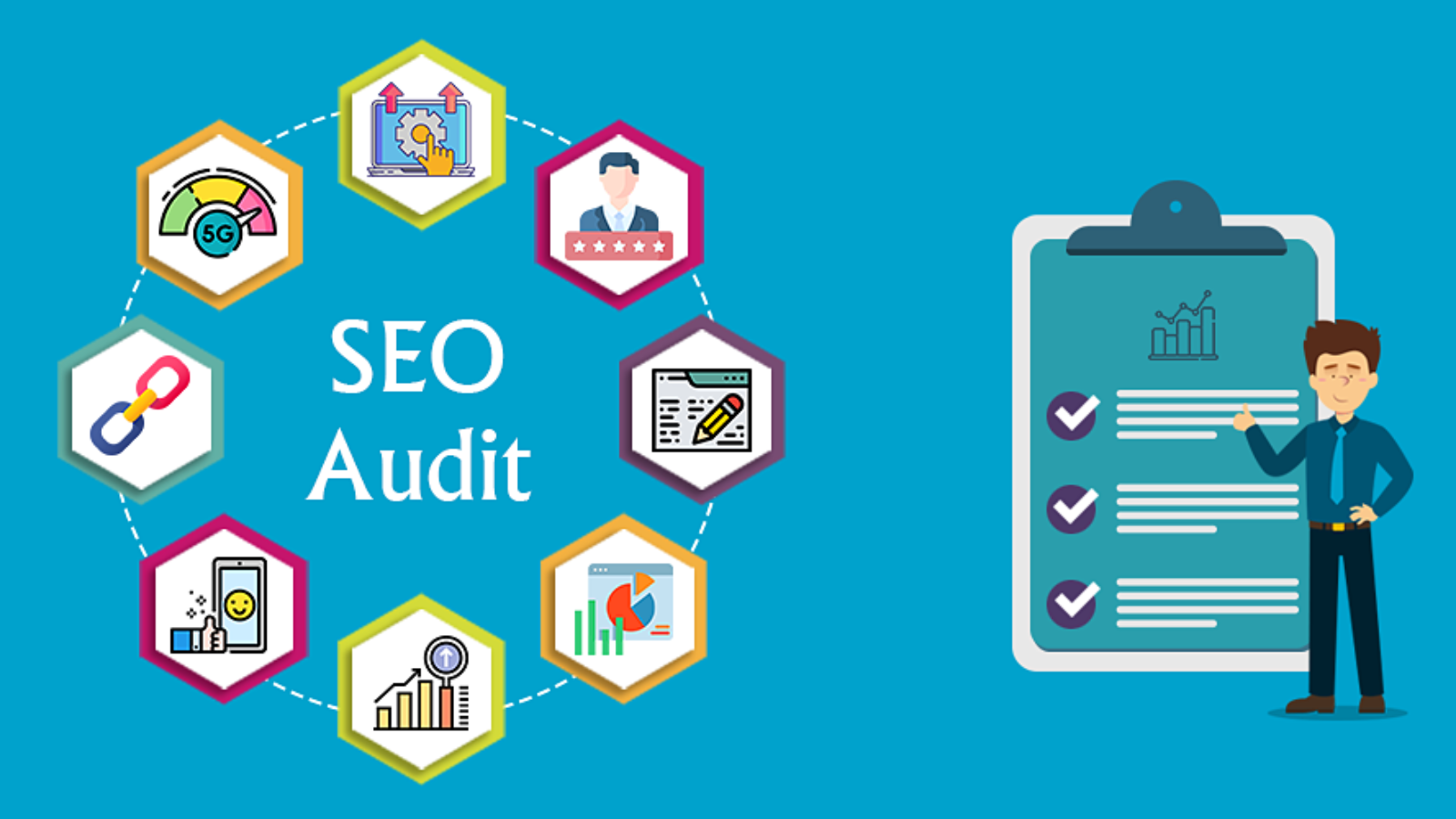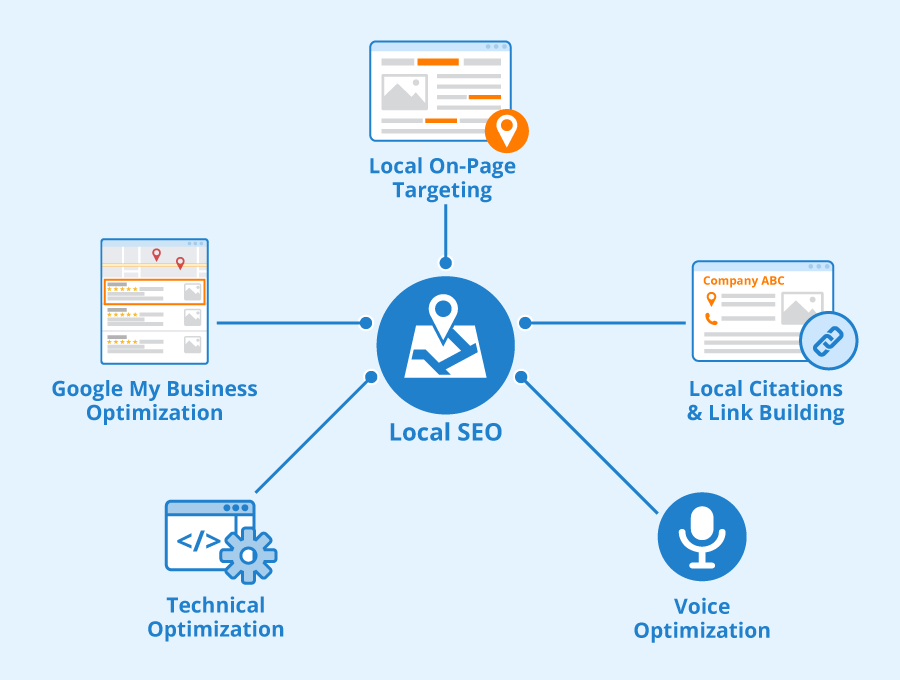1. Conduct Thorough Keyword Research
Effective keyword research is the foundation of high-quality SEO content. Use tools like Google Keyword Planner, SEMrush, or Ahrefs to identify keywords that are relevant to your audience and have a good balance of search volume and competition.
- Long-Tail Keywords: Target long-tail keywords that are more specific and less competitive. These keywords often attract more qualified traffic and are easier to rank for.
- Keyword Intent: Understand the intent behind the keywords. Are users looking for information, seeking to make a purchase, or trying to find a specific service? Tailor your content to match this intent.

2. Create Valuable and Relevant Content
Your content should provide real value to your audience. This means offering insights, answering questions, and solving problems that are important to them.
- In-Depth Guides and Tutorials: Create comprehensive guides and tutorials that cover a topic thoroughly. This type of content tends to rank well and attract more backlinks.
- Regular Updates: Keep your content up-to-date to maintain its relevance and accuracy. Regularly updating older content can also improve its performance in search results.

3. Optimize On-Page Elements
On-page SEO involves optimizing individual web pages to improve their search engine rankings and attract more organic traffic.
- Title Tags and Meta Descriptions: Craft compelling title tags and meta descriptions that include your target keywords and encourage clicks from search engine results.
- Headers and Subheaders: Use headers (H1, H2, H3) to structure your content and make it easier for both users and search engines to navigate. Include keywords in these headers where appropriate.
- Internal Linking: Incorporate internal links to other relevant content on your site. This helps search engines understand the structure of your site and keeps users engaged longer.

4. Focus on User Experience
Search engines prioritize user experience, so ensuring your site is user-friendly is critical for SEO.
- Mobile Optimization: With the increasing use of mobile devices, ensure your content is mobile-friendly and provides a good user experience across all devices.
- Fast Loading Times: Optimize your site’s loading speed to reduce bounce rates and improve user satisfaction. Tools like Google PageSpeed Insights can help identify areas for improvement.

5. Promote Your Content
Creating high-quality content is just the first step. Promoting your content is essential to reach a wider audience and attract more organic traffic.
- Social Media: Share your content on social media platforms to increase its visibility and encourage engagement.
- Email Marketing: Use email marketing to distribute your content to your subscribers, driving traffic back to your site.
- Outreach: Reach out to influencers and industry leaders to share your content and potentially earn backlinks.

Conclusion
High-quality content is a vital component of effective SEO. By focusing on creating valuable, relevant content that aligns with user intent, you can improve your search engine rankings, attract more organic traffic, and establish your site as an authoritative source in your industry. Integrating content marketing with SEO requires a strategic approach, but the rewards in terms of increased visibility, engagement, and conversions make it well worth the effort. Investing in high-quality content is not just an SEO tactic—it’s a fundamental strategy for long-term online success.









